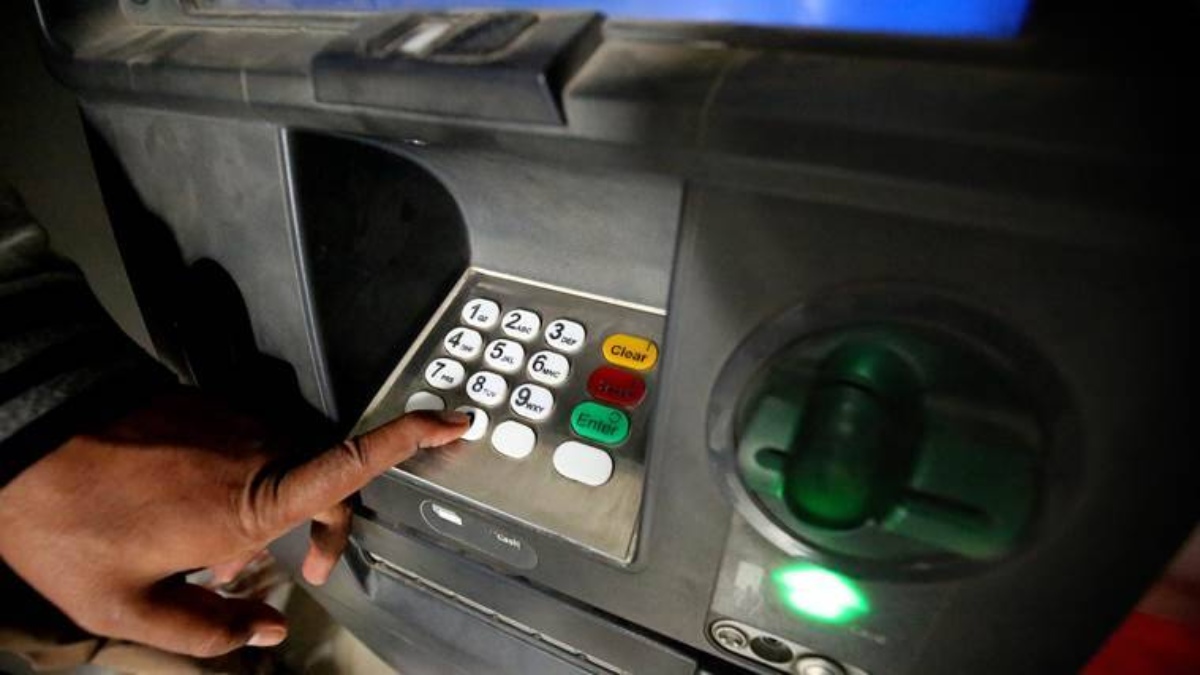


From next year, the Reserve Bank has given banks permission to charge more for cash and non-cash ATM transactions beyond the free monthly limit. With effect from January 1, 2022, bank customers who surpass their monthly free transaction limit would have to pay rupees 21 instead of Rs 20 each transaction. In order to compensate the bank for the increased interchange charge and the general cost increase. They are authorized to raise the transaction fee to Rs. 21. The RBI said in a circular that the rise will take effect on January 1, 2022.


FREE TRANSACTION
Customers will still be able to use their own bank ATMs for five free transactions each month (both financial and non-financial). They’d also be able to make three free transactions at other bank ATMs in metro areas and five free transactions in non-metro areas.
INTERCHANGE FEE
An interchange fee is a fee paid by a card-issuing bank to ATM operators when a consumer uses an ATM that is not owned by it.
Banks are also authorised to increase interchange fees per transaction in all centres from rupees 15 to rupees 17 for financial transactions and from rupees 5 to rupees 6 for non-financial transactions, effective August 1, 2021, according to the circular. The ATM interchange fee has long been a point of controversy between banks and ATM providers. The fee is split between the ATM companies and the acquirer. This is why banks that issue ATM cards discourage clients from using ATMs belonging to other banks.
COMMITTEE IN 2019
The new charges are based on a report issued by a committee set up by the RBI in 2019. The cost was examined by the committee, which was chaired by VG Kannan, the then-CEO of the Indian Banks Association (IBA), and its recommendations were made public in 2020.
The committee had recommended that ATM charges be calculated using population as a metric. It stated that free ATM transactions should be increased from five per month to six per month in all cities with a population of less than one million (as of census 2011). The free transaction limit should be kept at three for centres with a larger population, according to the committee. It was also suggested that the interchange fee for ATMs in all cities with a population of one million or more be increased to rupees 17 for financial transactions and rupees 7 for non-financial transactions. The rates in both types of transactions should be increased by rupee 3 for locations with a population of less than 1 million, according to the committee.
WHAT RBI SAID?
The committee’s proposals have been thoroughly studied. The last time the interchange fee structure for ATM transactions was changed was in August 2012, whereas the charges that customers must pay were last amended in August 2014.
ATM IN INDIA
As of March 31, 2021, there were 1,15,605 onsite ATMs and 97,970 off-site ATMs. At the end of March 2021, about 90 crore debit cards issued by various banks were still active. Apart from that, there were 25,013 white label ATMs. India’s rural areas are home to 20% of the country’s ATMs. According to the World Bank, India had 20.95 ATMs per 100,000 adults in 2019, which was fewer than several other countries.
Hongkong Sanghai Bank Corporation opened the first ATM in India in Mumbai in 1987. Approximately 1500 ATMs were installed throughout India during the next twelve years. Swadhan, the first network of shared ATMs that allowed interoperable transactions, was established by the Indian Banks’ Association (IBA) in 1997.
WHITE LABEL ATM; White-label ATMs are run by non-banking organisations. White label ATMs are available to any non-bank firm with a net value of at least Rs 100 crore. The logo on these ATMs is not that of a bank, but rather that of their company. When a bank outsources the ATM operation to a third party, it is known as a BROWN LABEL ATM. A private corporation owns and operates the ATM. The bank’s logo is shown on the ATM. The Reserve Bank of India is not directly involved in this case.
CONCLUSION
Customers’ need for cash withdrawals has not waned, and one obvious reason for this is the increase in cash in circulation. Experts feel that the demand for cash withdrawal as a service is sufficient.